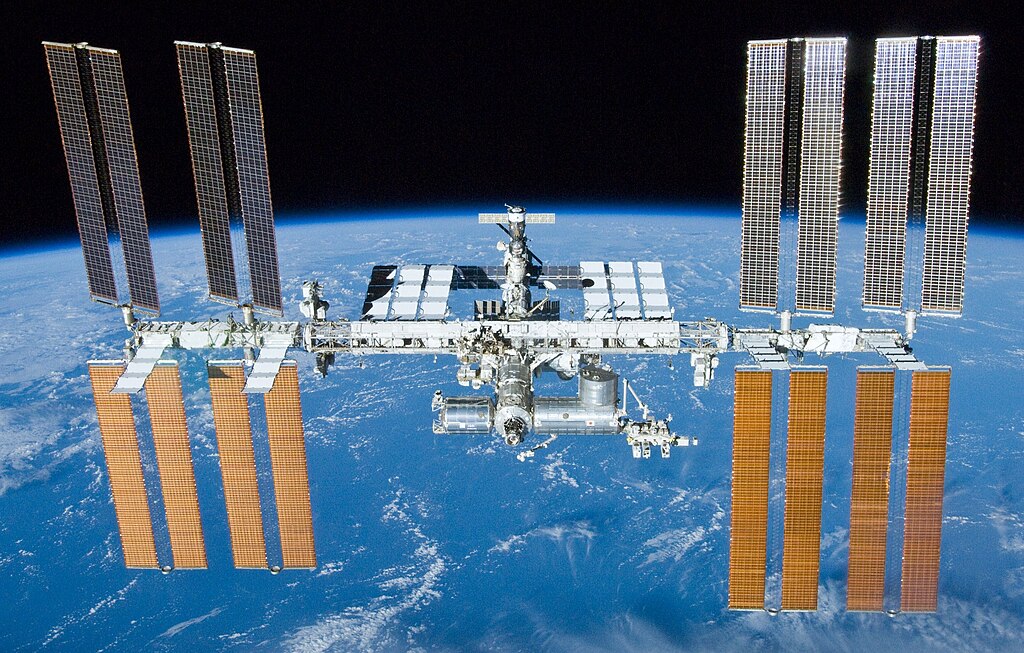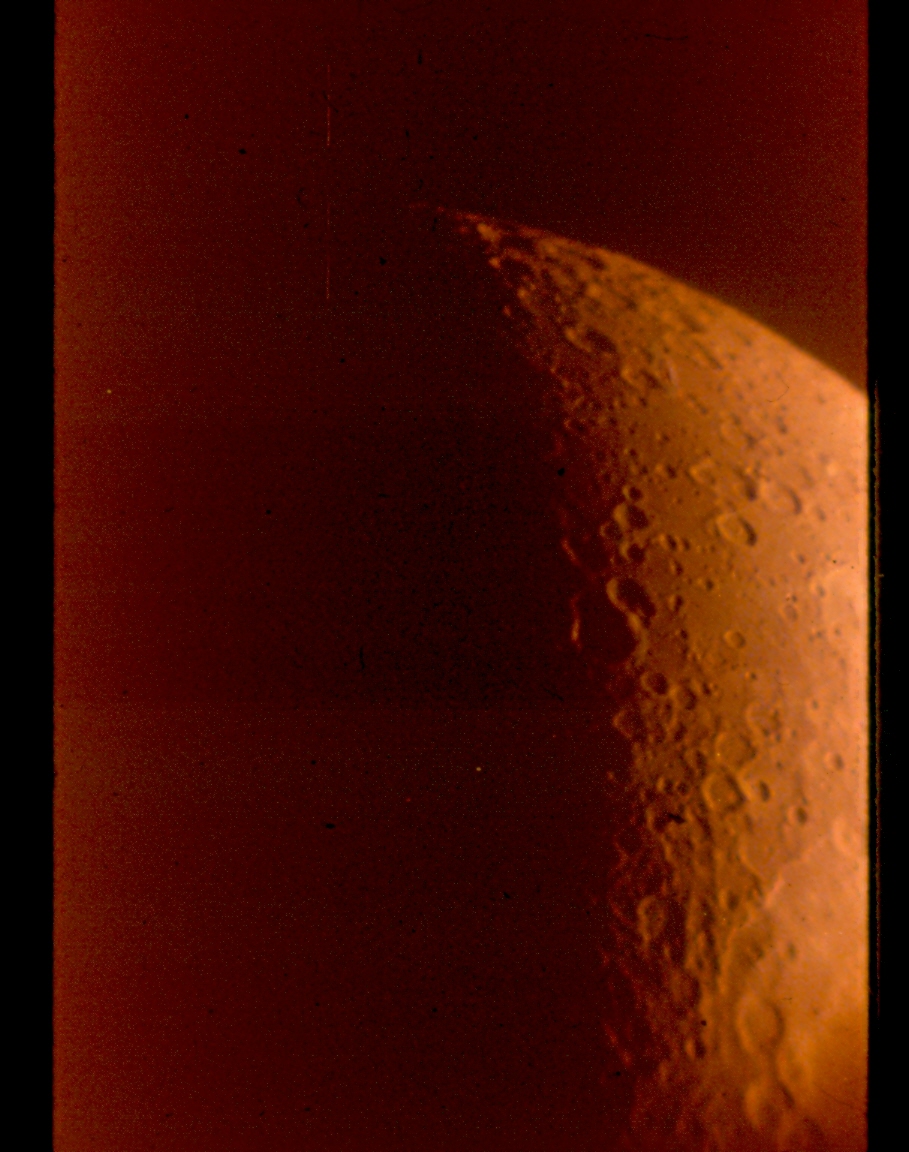
The SpaceX Crew Dragon capsule is shown as it is lifted onto the top of the Falcon 9 rocket, on Thursday, 2020 May 21, for the historic Demo-2 mission which is scheduled to launch two NASA astronauts to the International Space Station mid-day Saturday Afternoon, 2020 May 30.
(Image Sources: NASA, Wikipedia.org, By NASA/Bill Ingalls - https://www.flickr.com/photos/nasahqphoto/49919954072/in/photostream/, Public Domain, https://commons.wikimedia.org/w/index.php?curid=90584767)
By Glenn A. Walsh
Reporting for SpaceWatchtower
UPDATE: This blog-post, originally posted Wednesday, 2020 May 27, has been updated as of Thursday, 2020 May 28, regarding the delay of the historic launch of the Crew Dragon capsule.
Web-casts and cable-casts, as well as
traditional radio and television broadcasts, are set for coverage of
the historic launch, rescheduled to Saturday afternoon, of two NASA astronauts
bound for the International Space Station (ISS), using the SpaceX
Crew Dragon capsule.
SpaceX, founded in 2002 by billionaire
tech entrepreneur Elon Musk, plans to launch two astronauts toward
the International Space Station on Saturday Afternoon, 2020 May 30 (the original Decoration Day)
at 3:22 p.m. Eastern Daylight Saving Time (EDT) / 19:22
Coordinated Universal Time (UTC).
The launch had been originally scheduled for Wednesday Afternoon, 2020 May 27 at 4:33:33 p.m. EDT / 20:33:33 UTC. However, the launch was scrubbed 16 minutes before the launch time, due inclement weather.
According to NASA Administrator Jim Bridenstine, there was "too much electricity in the atmosphere." He added, "There wasn't really a lightning storm or anything like that, but there was a concern that if we did launch it could trigger lightning."
The rescheduled Saturday afternoon launch will be the first launch of astronauts, from American soil, since the end of NASA's Space Shuttle program in July of 2011. Since 2011, NASA has been leasing seats on Russian Soyuz flights, for sending American astronauts to the ISS.
The launch had been originally scheduled for Wednesday Afternoon, 2020 May 27 at 4:33:33 p.m. EDT / 20:33:33 UTC. However, the launch was scrubbed 16 minutes before the launch time, due inclement weather.
According to NASA Administrator Jim Bridenstine, there was "too much electricity in the atmosphere." He added, "There wasn't really a lightning storm or anything like that, but there was a concern that if we did launch it could trigger lightning."
The rescheduled Saturday afternoon launch will be the first launch of astronauts, from American soil, since the end of NASA's Space Shuttle program in July of 2011. Since 2011, NASA has been leasing seats on Russian Soyuz flights, for sending American astronauts to the ISS.
If the Crew Dragon Demo-2 mission
launch, on May 30, is delayed again due to poor weather or technical problems,
the next launch window opens the next day, May 31 at
3:00 p.m. EDT / 19:00 UTC.
The Saturday afternoon launch will also be the first
launch of astronauts into Earth orbit using a non-government space
program. NASA astronauts Robert Behnken and Douglas Hurley, who will
be the crew of this historic flight, may stay on the ISS for 100 days
or more.
SpaceX's Cargo Dragon or Dragon 1
spacecraft has flown 19 successful operational missions. These
missions have flown supplies, only, to the International Space
Station.
The May 30 launch will occur at the
historic Launch Pad 39A at the John F. Kennedy Space Center near Cape
Canaveral, Florida. Launch Pad 39A was originally built by NASA for
the Apollo space program which launched 12 astronauts who walked on
the Moon between 1969 and 1972, as well as the historic Apollo 8
flight when, for the first time, three astronauts went into orbit of
a planetary body other than the Earth (the Earth's Moon) on Christmas
Eve in 1968.
Launch Pad 39A was modified in the late
1970s for use in the Space Shuttle program. SpaceX leases Launch Pad
39A from NASA for the launch of the company's Falcon 9 and Falcon
Heavy rockets. The Falcon 9 rocket will launch the Crew Dragon Demo-2
mission with astronauts Robert Behnken and Douglas Hurley on May 30.
In a rather unique collaboration,
ABC-TV is partnering with the National Geographic Channel for
comprehensive coverage of this historic launch on cable television,
as well as Internet coverage on ABC News Live, the ABC News
streaming-video web-cast. The National Geographic Channel (a.k.a.
National Geographic, Nat Geo, and Nat Geo TV) is a joint venture
between The Walt Disney Company (which owns the ABC radio and
television networks) at 73 per-cent ownership and the National
Geographic Society at 27 per-cent ownership; Walt Disney Television
controls operational management of the National Geographic Channel.
The National Geographic Channel / ABC
News Live streaming service begins a two-hour coverage block of the
launch on Saturday afternoon at 2:00 p.m. EDT / 18:00 UTC; this cable-cast will also be simulcast on the Discovery Channel and the Science Channel.
Traditional cable television news channels, such as CNN, Fox News,
and MSNBC, will likely provide comprehensive coverage for much of Saturday, as would the CBSN Internet streaming service.
Moments before the actual launch, the
ABC television network will break into normal programming
to cover the launch. Likely, the CBS and NBC television networks will do the same.
Also likely, some of the major radio networks, particularly the legacy networks ABC (which began in 1927 as the NBC Blue Network, known for news and public affairs programming) and CBS (which also began in 1927 and has became prominently recognized for news broadcasting since World War II) will cover the launch moments before lift-off.
Also likely, some of the major radio networks, particularly the legacy networks ABC (which began in 1927 as the NBC Blue Network, known for news and public affairs programming) and CBS (which also began in 1927 and has became prominently recognized for news broadcasting since World War II) will cover the launch moments before lift-off.
On the Internet, in addition to the ABC
News Live (also simulcast on the Discovery Channel and the Science Channel) and CBSN streaming services, both NASA and SpaceX will
provide live streams of the launch.
Since the 1960s, the three traditional radio and
television broadcast networks (ABC, CBS, and NBC) have provided
extensive coverage of the launches of American astronauts. Today, the
Internet provides even greater coverage of historic launches, such as
the one scheduled for Saturday afternoon, in addition to coverage on
the more traditional radio and television networks.
Internet Links to Additional Information ---
Live, Launch Coverage Internet Streams:
NASA: Link >>> https://www.nasa.gov/nasalive
SpaceX: Link >>> https://www.spacex.com/launches/
ABC News Live: Link >>> https://abcnews.go.com/Live/
CBSN: Link >>> https://www.cbsnews.com/live/
Discovery Channel: Link >>> https://www.discovery.com/
Science Channel: Link >>> https://www.sciencechannel.com/
SpaceX Crew Dragon Demo-2 Mission:
Link >>> http://buhlplanetarium4.tripod.com/astrocalendar/2020.html#spacexlaunch
Photograph: Close-up of SpaceX Crew Dragon Capsule:
Link >>> https://spacewatchtower.blogspot.com/2020/05/astro-calendar-2020-may-1st-private.html
SpaceX:
Link 1 >>> https://www.spacex.com/
Link 2 >>> https://en.wikipedia.org/wiki/SpaceX
International Space Station (ISS):
Link 1 >>> https://www.nasa.gov/mission_pages/station/main/index.html
Link 2 >>> https://en.wikipedia.org/wiki/International_Space_Station
Kennedy Space Center Historic Launch Pad 39A:
Link >>> https://en.wikipedia.org/wiki/Kennedy_Space_Center_Launch_Complex_39#Launch_Pad_39A
Related Blog Posts ----
SpaceX Public, On-Line Simulator: Docking w/ Space Station." Tue., 2020 May 19.
Link >>> https://spacewatchtower.blogspot.com/2020/05/spacex-public-on-line-simulator-docking.html
"Astro-Calendar: 2020 May / 1st Private, Crewed Space Launch May 27." Fri., 2020 May 1.
Link >>> http://spacewatchtower.blogspot.com/2020/05/astro-calendar-2020-may-1st-private.html
"Web-Cast: 1st Test Launch of SpaceX Falcon Heavy Rocket Tue. Afternoon." Tue., 2018 Feb. 6.
Link >>> http://spacewatchtower.blogspot.com/2018/02/web-cast-1st-test-launch-of-spacex.html
Source: Glenn A. Walsh Reporting for SpaceWatchtower, a project of Friends of the Zeiss.
Wednesday, 2020 May 27.
UPDATED: Thursday, 2020 May 28.
Like This Post? Please Share!
More Astronomy & Science News - SpaceWatchtower Twitter Feed:
Link >>> https://twitter.com/spacewatchtower
Astronomy & Science Links: Link >>> http://buhlplanetarium.tripod.com/#sciencelinks
Want to receive SpaceWatchtower blog posts in your in-box ?
Send request to < spacewatchtower@planetarium.cc >.
gaw
Glenn A. Walsh, Informal Science Educator & Communicator:
< http://buhlplanetarium2.tripod.com/weblog/spacewatchtower/gaw/ >
Electronic Mail: < gawalsh@planetarium.cc >
Project Director, Friends of the Zeiss: < http://buhlplanetarium.tripod.com/fotz/ >
SpaceWatchtower Editor / Author: < http://spacewatchtower.blogspot.com/ >
Formerly Astronomical Observatory Coordinator & Planetarium Lecturer, original Buhl Planetarium & Institute of Popular Science (a.k.a. Buhl Science Center), Pittsburgh's science & technology museum from 1939 to 1991.
Formerly Trustee, Andrew Carnegie Free Library and Music Hall, Pittsburgh suburb of Carnegie, Pennsylvania.
Author of History Web Sites on the Internet --
* Buhl Planetarium, Pittsburgh:
< http://www.planetarium.
* Adler Planetarium, Chicago:
< http://adlerplanetarium.
* Astronomer, Educator, Optician John A. Brashear:
< http://johnbrashear.tripod.com >
* Andrew Carnegie & Carnegie Libraries:
< http://www.andrewcarnegie.


